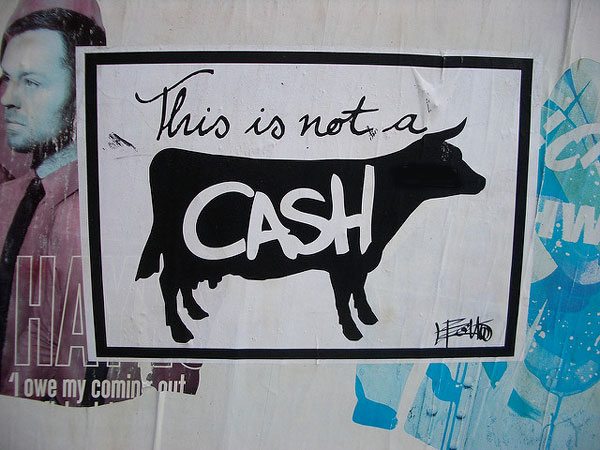
May 13, 2018; Idaho Statesman
NPQ has previously warned nonprofits about the risks involved in developing a social enterprise that is expected to act as a cash cow to the mission of a nonprofit. Here is another example. The Idaho Youth Ranch is a 65-year-old nonprofit organization in Idaho that provides residential care for at-risk youth and their families. As it’s described in the Idaho Statesman, it can serve only 26 children and teens at one time, even as it operates 27 retail thrift stores and other outlets (like used-car lots) throughout the state. These are listed as programs, with the revenues listed as program-related income on their Forms 990. But the organization’s mission, according to its 990 posting on GuideStar, reads:
The Idaho Youth Ranch provides troubled children and families a bridge to a valued, responsible and productive future. To this end, we help each child find the hope, vision, courage and will to succeed. We provide stability, opportunity and security. We encourage growth and offer a chance to develop confidence, independence, esteem and respect. We teach values, responsibility and self-discipline in honest, caring environments. We believe in family, work, accountability, education and responsible behavior. We are a catalyst for change.
This conforms with its “Our Programs” description on GuideStar, but not with its financial reports.
Sign up for our free newsletters
Subscribe to NPQ's newsletters to have our top stories delivered directly to your inbox.
By signing up, you agree to our privacy policy and terms of use, and to receive messages from NPQ and our partners.
Idaho Youth Ranch as a whole operated on a $24 million expense budget in fiscal year 2017, but only 15 percent went to its charitable programs. The shops altogether brought in, according to the Statesman, $244,000 in profit from $17 million in sales, even though the organization as a whole ran deficits for the past four or five years, according to the interim director. Meanwhile, the organization spent $2 million on residential programs for at-risk youth, $1.4 million on “community services,” and about $112,000 on workforce development.
You might well ask which enterprise the organization’s main focus is and whether the children being served get the care they need. According to this report in the Statesman, former employees—and there are many, due to high staff turnover—allege that service numbers are inflated, administration is top-heavy (leaving direct care understaffed), and the safety of children at the ranch is questionable.
One former manager estimated that 50 to 60 employees left over 18 months, including a therapy team of 12 that dwindled to two. Due to hemorrhaging those workers, the Youth Ranch has lost its ability to give adequate care to children and their families, according to people who worked there during the past decade.
Over the last year, the organization has been in reorganization mode, closing five stores. NPQ has often cautioned nonprofits against thinking of social enterprises as cash cows for their real mission-oriented work. Too often, they drain precious resources, including time, attention, and cash away from programs. In this case, though, the social enterprise so dominates the organization that it’s hardly surprising that mission programming appears to be in a tailspin. Since the mission in this case deals with children with mental health concerns in residential settings, that’s a very dangerous road to go down.—Ruth McCambridge













